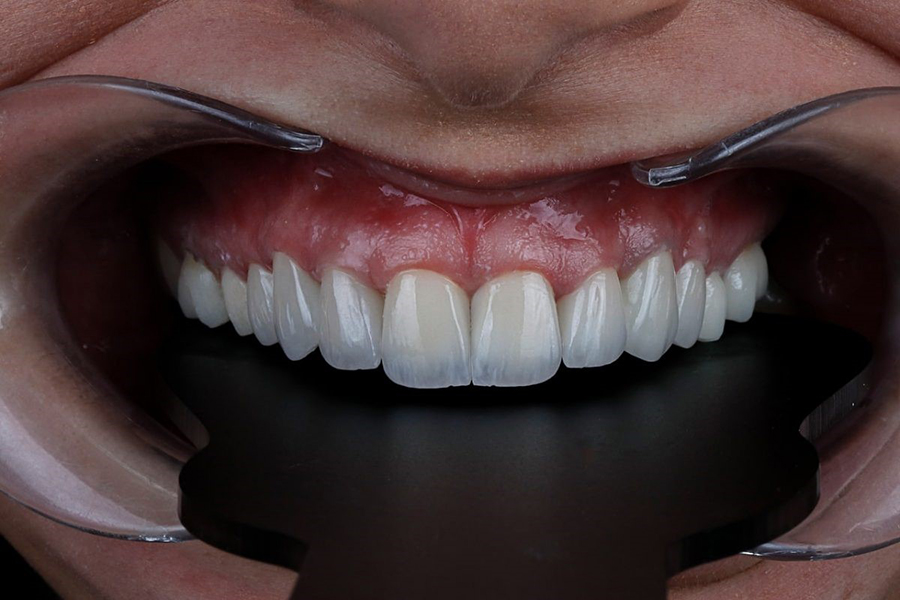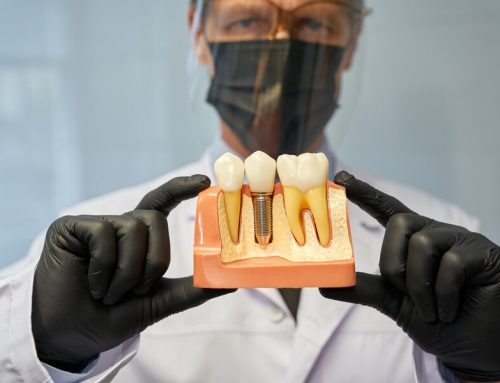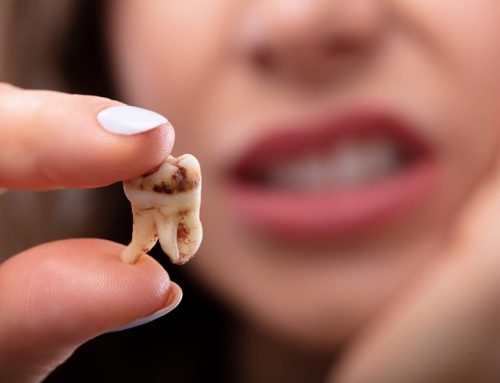Dental crowns are one of the most common restorative methods in dentistry, focusing on improving the aesthetics and functionality of teeth. With increasing public awareness of the importance of dental health and appearance, demand for this type of treatment has grown more than ever. But do you know how much a dental crown costs and what factors influence this expense? In this article, we will examine the costs of dental crowns, covering different types of crowns, the materials they are made from, and the variables that may affect the final price. Additionally, we will help you make the best choice based on your needs and budget. So, join us as we explore everything about the current prices of dental crowns!
Costs of Dental Crowns
Dental crowns play a significant role in maintaining dental health and ensuring proper tooth function, especially in cases where teeth have undergone various treatments. They serve as an effective solution for protecting the root and remaining parts of the tooth. Dental crowns come in different types, including all-ceramic, zirconia, and PFM (porcelain-fused-to-metal), each with unique characteristics that result in varying costs.
| Type of Dental Crown | Price of Dental Crown |
| Metal-Ceramic Crown | From 4 million tomans |
| Ceramic Crown Cost | From 5.5 million tomans |
| Zirconia Crown Price | From 6 million tomans |
| Stainless Steel Crown Cost | From 1.5 million tomans |
| Temporary Dental Crown | From 400,000 tomans |
| Cementing Each Crown Unit | From 500,000 tomans |
| Removing an Old Crown | From 400,000 tomans |
| Gold Crown | Varies based on gold prices |
| PFM Crown | From 5 million tomans |
| Emax Crown Price | From 4 million tomans |
| Single-Canal Tooth Crown | From 1 million tomans |
| American Dental Crown | From 4 million tomans |
| Full Upper Jaw Crowns | From 100 million tomans |
The price of a dental crown typically ranges between 5,000,000 to 6,000,000 tomans. Factors such as the type of material used for the crown and the skill, expertise, and experience of the dentist can significantly influence the final cost. For example, crowns made of ceramic or zirconia are more expensive than PFM crowns due to their aesthetic properties and mechanical strength.
Additionally, if the chosen crown material is gold, the cost naturally increases. The use of gold in crowns enhances durability and quality due to its corrosion-resistant alloy properties, but it also comes at a higher price.
Generally, when deciding to get a dental crown, several factors should be considered, including the type of tooth, the extent of damage, and the patient’s personal needs regarding aesthetics and functionality. Therefore, consulting with a dentist and carefully evaluating each option can help individuals make an informed choice and optimize costs.
Dental Crown Prices
One of the most important factors determining the final cost of a dental crown is the type of material used. Crowns are typically made from materials such as ceramic, metal, zirconia (white gold), or composite. Ceramic crowns are more popular due to their natural appearance and color-matching ability, but their complex manufacturing process and high material costs make them relatively expensive. On the other hand, metal and gold crowns are also used due to their durability and strength, but they are less aesthetically appealing and thus more affordable.
In addition to the material, the dentist’s experience and expertise also affect the cost. Highly skilled and specialized dentists usually charge more because they provide higher-quality services. Therefore, choosing an experienced dentist and a reputable clinic can save costs in the long run by reducing the likelihood of needing repeat treatments.
Another factor influencing dental crown prices is the geographical location of the dental clinic. In large, densely populated cities, costs are generally higher than in rural or less populated areas. This price difference is often related to higher rent, equipment and material expenses, and greater demand for dental services.







Leave A Comment